#Hindu Sculptures
Text
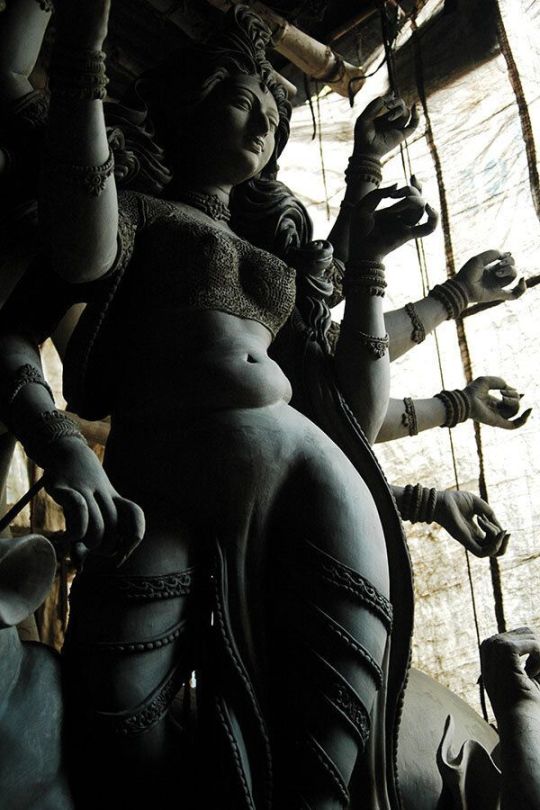
Kumartuli — Vikas Dutt
2K notes
·
View notes
Text

Detail from "Descent of the Ganges." Mamallapuram, India. Sculptures çivaïtes. 1921.
235 notes
·
View notes
Text
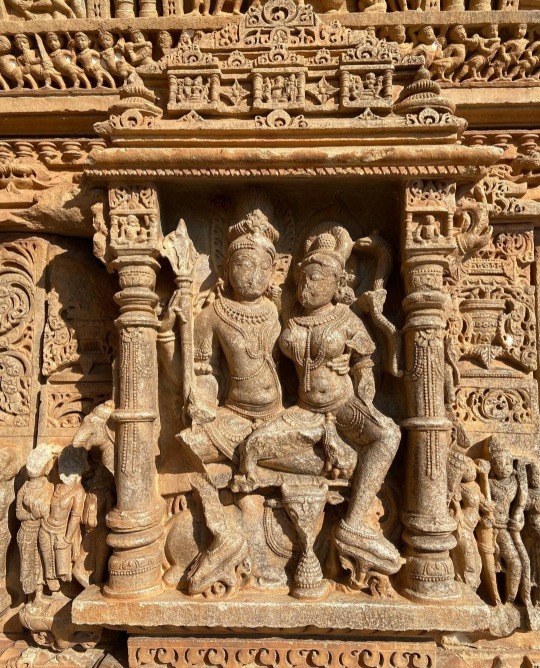
Shiva and Parvati seated on Nandi, one of the many sculptures enshrined in niches around the walls of Sahastrabahu Temple in Rajasthan, India. The walls of Sahastrabahu temple are decked with stone carvings of gods, goddesses, celestial nymphs, mythological beasts in typical Maru-gurjar style of architecture.
Sharang Pawar
#sharang pawar#ots#ph#architecture#indian architecture#sculpture#shahastrabahu temple#rajashthan#india#desi tumblr#desiblr#desi tag#hindu mythology
90 notes
·
View notes
Photo

The Shiva Statue in Rishikesh (via instagram: @hinduism____)
249 notes
·
View notes
Text

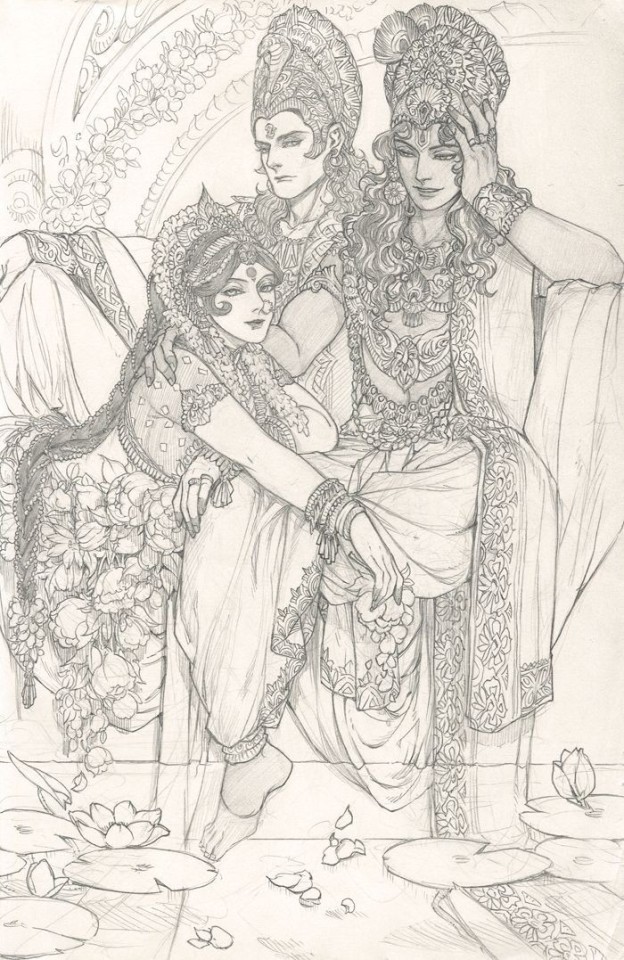

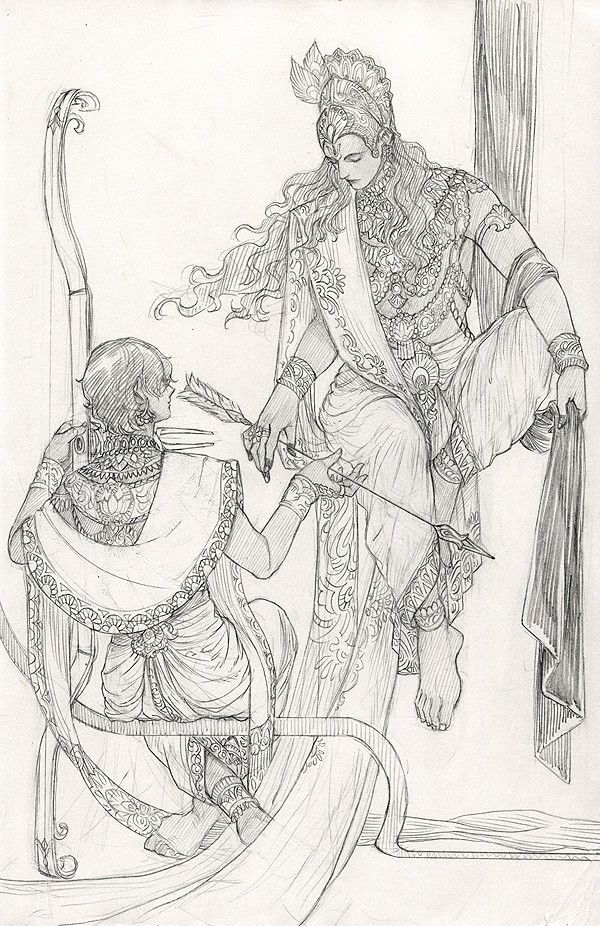
These all arts are just so awesome ❤️🔥
© credit to the respective owner
#lord krishna#sri krishna#lord krishna art#hindu#hindu gods#hinduism#mahabharata#indian art#hindu art#God#godess#ancient sculpture#sanatandharma#ramayan#sri ram#vishnu#shiva
211 notes
·
View notes
Text

Shiva Nataraja, anonymous, c. 1100 - c. 1200
Shiva, in his manifestation as Nataraja (King of Dancers), represented in the anandatandava pose and encircled by a halo of fire, is both the creator and destroyer of the world. Beneath his foot is a dwarf, symbolizing ignorance. Richly decorated bronze figures of Hindu gods were carried in procession on feast days. Carrying poles were inserted through the rings on the base.
9 notes
·
View notes
Text

Barong Bangkung Seka Pucil Asem - Aluminum Foil Sculpture
#Barong Bangkung Seka Pucil Asem#demon#mythology#hindu mythology#hinduism#eastern mythology#monster#foil#sculpture#fanart
19 notes
·
View notes
Photo

A very beautiful ratha or Ther (processional chariot of a temple) carved in every detail would be surprising in itself, but the case is more astonishing, the sculptors are blind!
Inheriting the sacred craft of their father, the renowned sculptor Mallapa Baddigera, Mahesh and Suresh, these blind shilpis sculpt, having touch as their only means of cognition as they create these intricate details as dictated by shilpa sastra. Bows to the
119 notes
·
View notes
Text

Sculpture (schist) of the Hindu deity Vishnu. Unknown Nepalese artist, in the style of Changu Narayan; 9th century. Now in the Cleveland Museum of Art.
#art#art history#South Asia#South Asian art#Hinduism#Hindu art#Vishnu#Nepal#Nepalese art#sculpture#statue#schist#stonework#carving#9th century art#Cleveland Museum of Art
61 notes
·
View notes
Photo

MWW Artwork of the Day (2/18/23)
Classical India (Pala Empire, 750–1174 CE)
Vishnu with His Consorts, Lakshmi and Sarasvati (c. 11th–12th c.)
Black stone relief sculpture, 218.4 x 136.3 x 30.2 cm.
The Metropolitan Museum of Art, New York (Cora Timken Burnett Bequest)
In this extremely large sculpture, the Hindu god Vishnu is attended by his two consorts: to his left, Sarasvati, the goddess of poetry and music; to his right, Lakshmi, the goddess of fortune. The architectural ensemble in which they stand is inhabited by a series of gods, demigods, ascetics, and worshipers. Two river goddesses stand at the base of the columns. Beyond them, at the outer edges in niches, are figures representing the weapons of Vishnu in human form: Gadadevi (his mace) and Chakrapurusha (his war discus). Ganesha occupies the niche at the top left corner; Karttikeya occupies the corresponding spot on the right. The two inner niches house Shiva (left) and Brahma (right).
40 notes
·
View notes
Text
For #WorldElephantDay 🐘:
Dancing Ganesha sculptures at The Walters Art Museum:
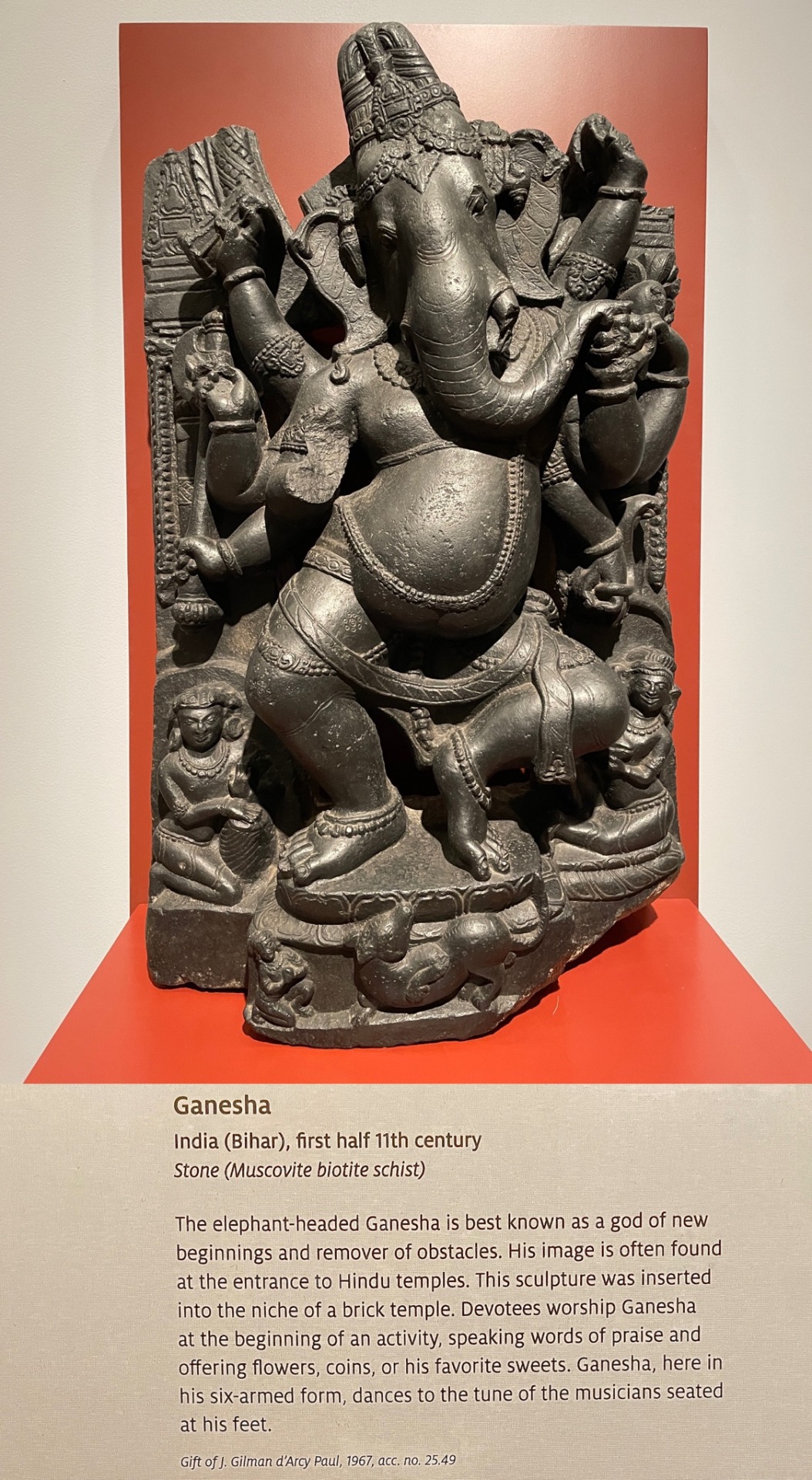
1. India (Bihar), 1st half 11th c., stone (Muscovite biotite schist)
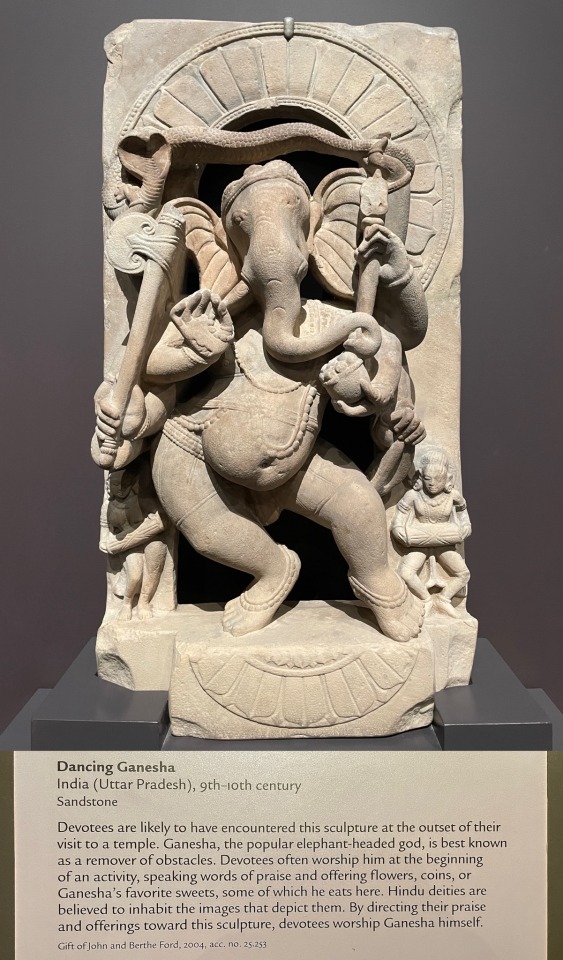
2. India (Uttar Pradesh), 9th-10th c., sandstone

3. Nepal, 15th-16th c., gilded copper alloy
#animals in art#South Asian art#Asian art#Indian art#Nepali art#Ganesha#sculpture#Walters Art Museum#museum visit#World Elephant Day#elephant#Hindu art#Buddhist art#stone#metalwork
9 notes
·
View notes
Photo

Five Headed Durga Idol at Kamakhya Temple, Guwahati, Assam (via Instagram: Priyanka Pareek)
151 notes
·
View notes